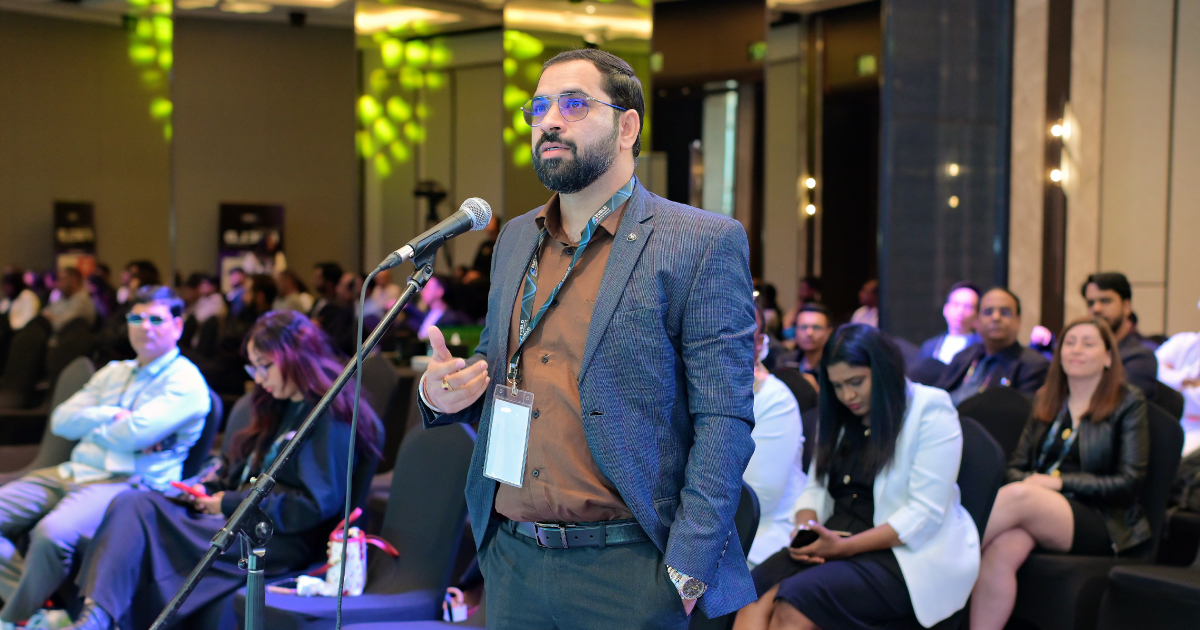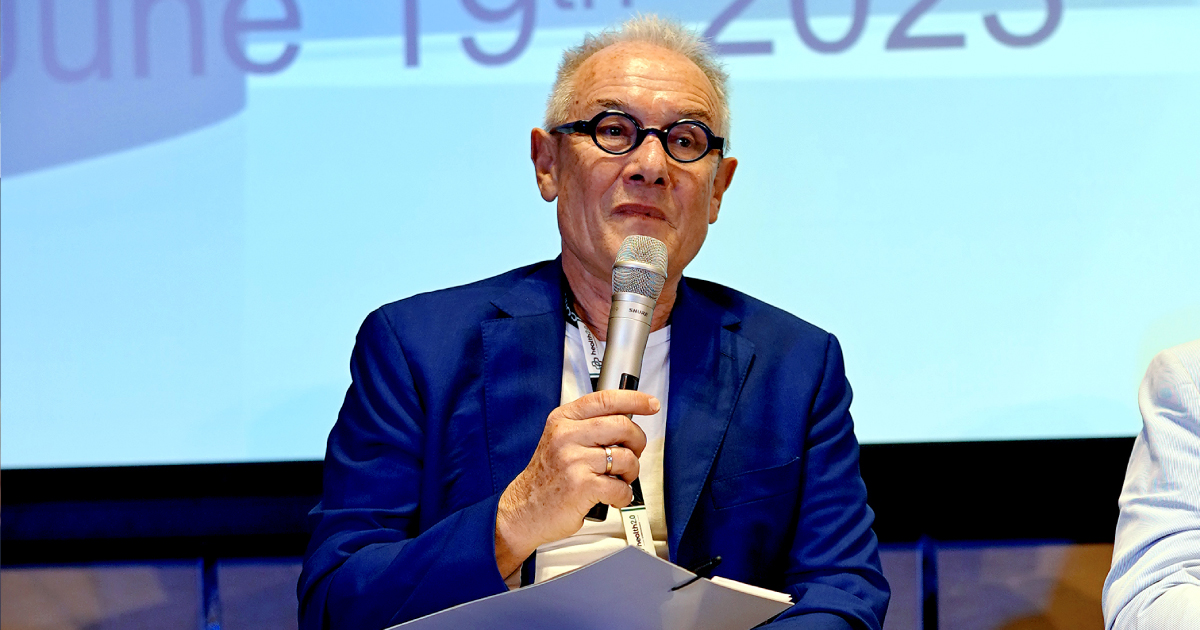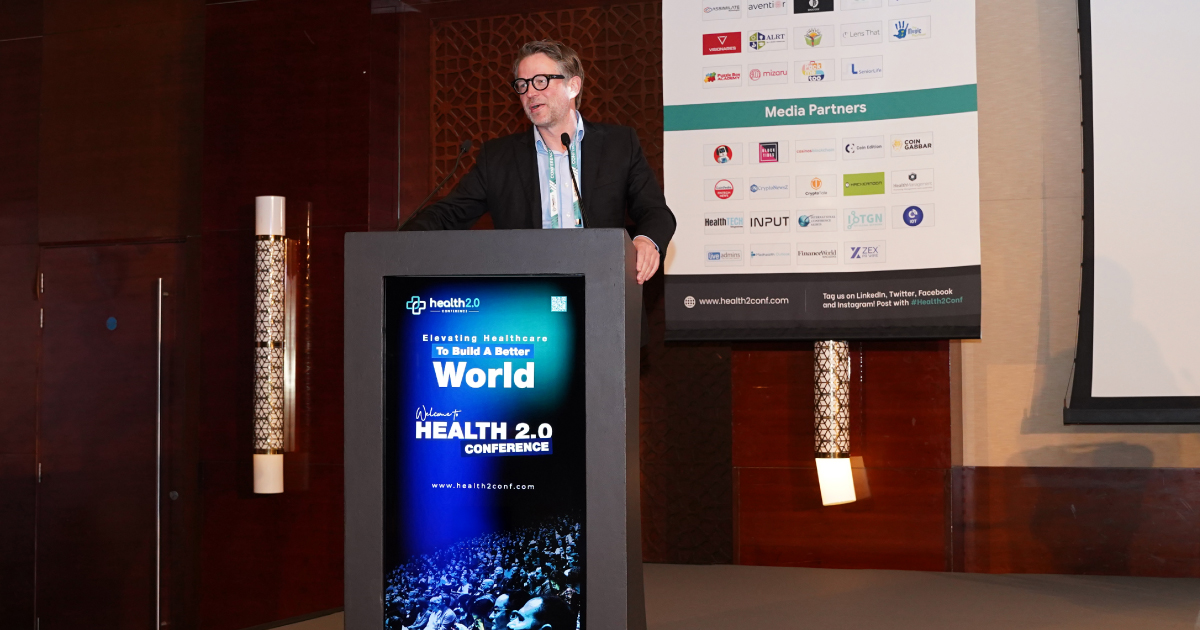The medical technology devices market is booming, mainly because of the accessibility concerns and changes brought on by the COVID-19 pandemic. Investors are pooling in their resources with the hope to win big and drive innovation in the critical industry.
With so much activity happening, what does the future look like for the world of MedTech? This is one of the burning questions that will be tackled at our upcoming health event in 2022 — the Health 2.0 Conference. While we start counting the days down to our global health summit, let’s review and take a quick look at the most promising MedTech trends that you should keep an eye on:
Digital therapeutics becomes popular
This arena involves new tools, technologies, and services that lie at the intersection of the healthcare and wellness industries. DTx has proven to boost the effectiveness of care outcomes while ensuring accessibility.
When paired with appropriate medication and devices, such digital health interventions can prove to be the key to preventing, managing, and treating chronic illnesses in the post-COVID-19 era. From monitoring blood glucose readings, patient diets to their fitness levels, these can help physicians understand a person’s overall health condition in record time. Given its potential, several biopharma companies have also begun to take an interest in the field.
IoT enters insurance
Connected smart devices have made patient care and health monitoring so much easier, both at home and in care settings. However, the health insurance world has been slow to leverage this development to its benefit.
Integrating IoT-captured data can go a long way in preventing insurance fraud and scams while bringing in transparency during the underwriting and claims handling processes. This can also guide the decision-making of insurers and bring accuracy in the processing of claims.
By offering incentives and additional discounts, insurance agencies can encourage consumers to share their health data with them. However, health insurers must not fail to tackle the cybersecurity and privacy concerns before they adopt it in a big way.
Application of AR/VR in therapy and rehabilitation
While AR and VR tools have shown a lot of promise in enhancing surgical outcomes and reducing patient discomfort, the healthcare world has slowly realized how it can be a game-changer as far as physiotherapy and behavioral treatment models are concerned.
As augmented reality and virtual reality tools become more accessible and affordable, they are being increasingly used to help in pain management and rehabilitation of patients with limited mobility. To give an example, VR headsets are being used with treadmills to give brain injury patients and stroke survivors a very immersive experience of walking in natural environments. This gamifies the entire process, which is known to make the entire experience more engaging. In addition to this, it can also be effective in helping people cope with PTSD, stress, and anxiety disorders.
As you can see, the MedTech sector is evolving before our very eyes. To keep track of all the changes taking place, do book your seats to attend our post-COVID healthcare events in Dubai and Las Vegas.














